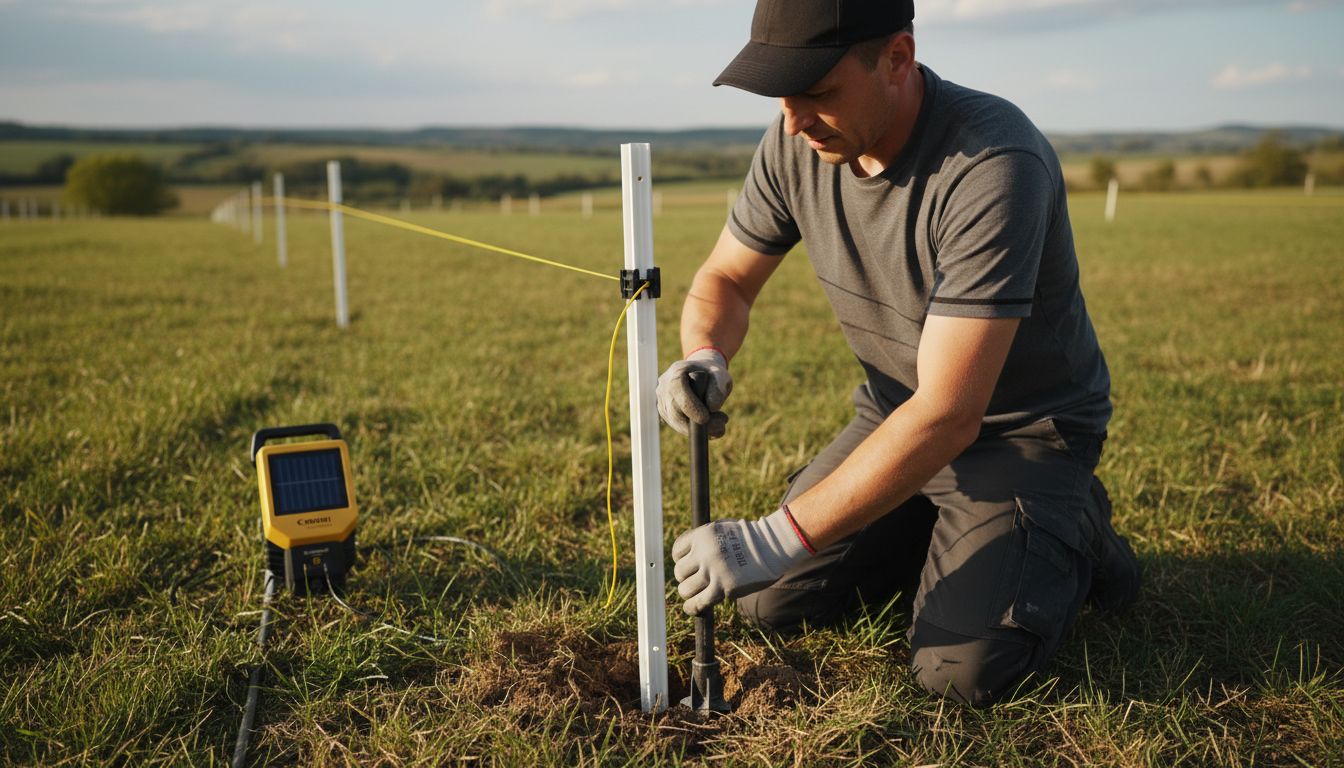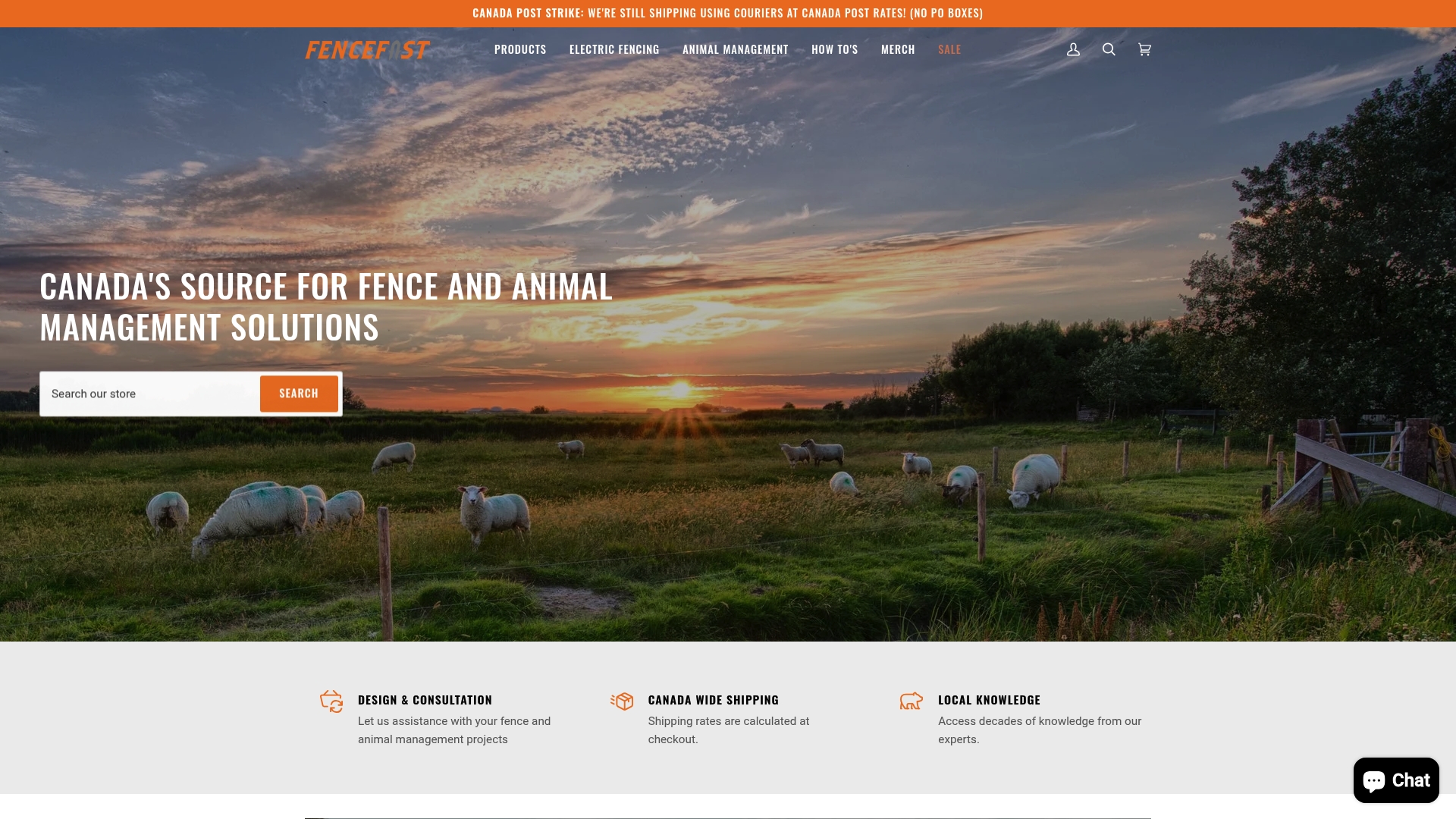More than 60 percent of horse owners now use temporary fencing to manage their herds efficiently. Flexible barrier systems are reshaping how farms handle grazing, land division, and pasture rotation. With so many options available, understanding the basics of temporary horse fence systems helps you create safer spaces, save money, and adapt quickly to changing needs. This guide breaks down the essentials and offers tips for choosing the right solution for your property.
Table of Contents
- Understanding Temporary Horse Fence Systems
- Types of Temporary Horse Fencing Solutions
- Essential Components and Setup Process
- Safety, Durability, and Maintenance Tips
- Cost Comparison and Choosing Alternatives
Key Takeaways
| Point | Details |
|---|---|
| Flexibility of Temporary Fencing | Temporary horse fence systems allow for quick assembly and reconfiguration, enhancing adaptability in pasture management. |
| Cost-Effective Solutions | Options like electric tape and rope barriers provide budget-friendly fencing without sacrificing functionality. |
| Essential Components for Setup | Key elements include lightweight posts, insulators, energizers, and gates, all crucial for effective enclosure creation. |
| Ongoing Maintenance for Safety | Regular inspections and maintenance are vital to ensure safety and durability, preventing wear and potential hazards. |
Understanding Temporary Horse Fence Systems
Temporary horse fence systems represent a flexible and strategic solution for agricultural property management. As recommended by fw.ky.gov, these systems are critical for dividing land effectively, supporting rotational grazing strategies, and providing temporary livestock exclusion during field renovations or cropping periods.
Temporary fencing offers ranchers and horse owners unprecedented adaptability in managing pasture spaces. Unlike permanent fence installations, these systems can be quickly assembled, relocated, and reconfigured based on immediate agricultural needs. Key advantages include:
- Rapid deployment for grazing rotation
- Cost-effective land management
- Easy installation without extensive groundwork
- Minimal long-term infrastructure investment
- Adaptable to changing pasture requirements
The primary components of a robust temporary horse fence system typically include lightweight posts, flexible electric or non-electric wire, portable gate systems, and simple connective hardware. Temporary Fencing Solutions are particularly valuable for horse owners who need to segment pastures, create temporary paddocks, or manage livestock movement with minimal disruption.
Successful implementation requires understanding your specific agricultural landscape and horse management goals. Whether you’re managing a small hobby farm or a large equine operation, temporary fence systems provide the strategic flexibility needed to optimize pasture utilization and animal safety.
Types of Temporary Horse Fencing Solutions
Temporary horse fencing offers multiple solutions tailored to different agricultural needs and management strategies. Understanding the various types of systems helps horse owners select the most appropriate option for their specific property and livestock management requirements. Essential Types of Livestock Fencing provides comprehensive insights into the diverse fencing approaches available.
Electric Temporary Fencing represents one of the most versatile and popular solutions for horse management. These systems typically include:
- Lightweight electric wire or tape
- Portable posts with simple installation mechanisms
- Energizers powered by battery, solar, or electrical connections
- Minimal ground disturbance during setup
- Quick reconfiguration capabilities
Portable Panel Fencing offers another robust temporary solution for horse owners. These modular systems feature interconnectable panels that can be rapidly assembled and disassembled, providing maximum flexibility for creating temporary enclosures, quarantine areas, or emergency paddocks.
Non-electric temporary fencing options include mesh wire systems and rope/tape barriers. These solutions are particularly useful for short-term containment, training paddocks, or segmenting pasture areas. Mesh wire provides excellent visibility and reduced risk of entanglement, while rope and tape barriers offer lightweight, easily movable alternatives that can be quickly repositioned based on changing agricultural needs.
Essential Components and Setup Process
Creating an effective temporary horse fence system requires careful selection and strategic assembly of key components. 7 Practical Temporary Fencing Ideas for Rural Properties highlights the importance of understanding each element’s role in constructing a reliable temporary enclosure.
Essential Components for a robust temporary horse fence system include:
- Posts: Lightweight, portable design with easy ground installation
- Insulators: High-quality electrical connectors for electric fencing systems
- Electrical energizer: Battery, solar, or plug-in power source
- Conductive wire/tape: Flexible electric or non-electric options
- Ground rods: Crucial for electrical system grounding
- Gates: Portable, easy-to-install access points
- Connectors and hardware: Clips, springs, and tension mechanisms
The setup process demands methodical planning and precise execution. Begin by surveying your terrain and marking the intended fence perimeter. Ensure ground is level and free from significant obstacles. Install ground rods first, followed by corner and end posts, which provide critical structural support. Space intermediate posts consistently, typically 30-50 feet apart, depending on your specific fencing type and terrain conditions.
Electrical systems require additional considerations. Proper grounding is non-negotiable for safety and effectiveness. Connect ground rods using high-quality wire, ensuring minimal resistance. Test your electrical system’s voltage and continuity before introducing horses to the new enclosure, verifying that all connections are secure and functioning correctly.

Safety, Durability, and Maintenance Tips
Ensuring the safety and longevity of temporary horse fence systems requires a proactive and comprehensive approach. Safe Wire Fencing for Horses emphasizes the critical importance of regular inspection and maintenance to protect both horses and infrastructure.
Safety Considerations for temporary horse fencing are paramount and include:
- Avoiding sharp edges or protruding hardware
- Maintaining minimum visibility of fence lines
- Ensuring consistent tension in wire or tape
- Preventing potential entanglement points
- Regular voltage checks for electric systems
- Removing potential hazards near fence perimeters
Durability depends on selecting high-quality materials and implementing strategic maintenance practices. Invest in UV-resistant posts, corrosion-resistant wire, and robust insulators that can withstand environmental challenges. Regularly inspect mounting points, looking for signs of wear, rust, or structural weakness that could compromise the fence’s integrity.
Maintenance requires a systematic approach. Conduct weekly visual inspections, checking for broken wires, loose connections, and vegetation interference. Clean electrical components quarterly, ensure ground rods remain properly connected, and replace any damaged sections immediately. During seasonal transitions, perform comprehensive system evaluations to address potential weather-related wear and preemptively resolve potential issues before they escalate into significant problems.
Cost Comparison and Choosing Alternatives
Selecting the right temporary horse fencing solution involves a careful balance between initial investment, long-term durability, and specific agricultural needs. 7 Essential Types of Livestock Fencing provides crucial insights into evaluating fencing alternatives that align with budgetary constraints and operational requirements.
Cost Comparison across temporary horse fencing options reveals significant variations:
- Electric Tape Fencing: $0.50-$2.50 per linear foot
- Portable Panel Systems: $15-$50 per panel
- Mesh Wire Temporary Fencing: $2-$5 per linear foot
- Rope Barrier Systems: $0.75-$3 per linear foot
- Solar-Powered Electric Systems: $200-$500 for complete setup
The selection process extends beyond mere price considerations. Evaluate factors such as terrain complexity, horse behavior, anticipated duration of use, and potential relocation frequency. Lightweight electric tape systems offer the most economical and flexible solution for short-term containment, while portable panel systems provide superior durability for more demanding environments.
Alternative approaches include hybrid solutions that combine different fencing technologies. For instance, using electric tape as a primary barrier with strategic panel reinforcements can provide cost-effective security. Consider your specific horse management needs, budget constraints, and long-term agricultural planning when making your final selection. Investing in quality components upfront typically reduces replacement and maintenance expenses over time.

Find the Perfect Temporary Horse Fence System for Your Needs
Managing temporary horse fencing can be challenging when you need quick installation, safe containment, and flexible relocation options. The article highlights key pain points like choosing the right posts, ensuring electrical safety, and maintaining fence durability while keeping costs reasonable. If you want to avoid the frustration of unreliable materials or complicated setups, focusing on lightweight posts, quality electrification components, and easy-to-use connectors is essential.
At FenceFast.ca, we understand how important it is to have a dependable and adaptable fencing system that fits your agricultural goals. Whether you need electric tape fencing, portable panels, or essential accessories like connectors and gates, our product selection supports your priorities for safety, longevity, and cost efficiency.
Explore our wide range of fencing components and supplies designed for temporary and permanent installations to keep your horses protected and your farm well-managed.

Ready to upgrade your temporary horse fencing with trusted materials and expert support? Visit FenceFast.ca now to browse quality electric fence parts, portable panels, and everything you need for a hassle-free setup. Get the right equipment today and ensure your horses stay safe and your land is efficiently managed without delay.
Frequently Asked Questions
What are the main benefits of using temporary horse fence systems?
Temporary horse fence systems provide benefits such as rapid deployment for grazing rotation, cost-effective land management, easy installation without extensive groundwork, minimal long-term infrastructure investment, and adaptability to changing pasture requirements.
What are the common types of temporary horse fencing solutions?
Common types of temporary horse fencing solutions include electric temporary fencing, portable panel fencing, mesh wire systems, and rope/tape barriers. Each solution has unique advantages tailored to different horse management needs.
How do I set up a temporary horse fence?
To set up a temporary horse fence, survey your terrain, mark the intended fence perimeter, install ground rods, corner and end posts, and consistently space intermediate posts. Ensure proper grounding for electrical systems and check connections before introducing horses to the enclosure.
What maintenance is required for temporary horse fence systems?
Maintenance for temporary horse fence systems includes regular visual inspections for broken wires, loose connections, and vegetation interference, cleaning electrical components quarterly, and performing comprehensive system evaluations during seasonal transitions to address potential wear.
